Did the Pentagon attempt to weaponize ticks ?0
- Earth Mysteries, From Around the Web, Science & Technology
- July 17, 2019
Congress has ordered the Pentagon to reveal whether or not it is responsible for spreading Lyme disease.
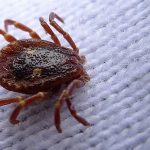
Congress has ordered the Pentagon to reveal whether or not it is responsible for spreading Lyme disease.

Aerogel sheet mimics Earth’s greenhouse effect and could help to create fertile oases
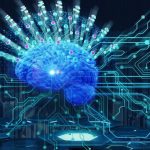
On July 16, Musk’s AI company Neuralink will have its first big reveal via a live event that will be streamed online.

Scientists are uncovering, thawing and resuscitating various life forms, some of which are older than modern human civilization, as glaciers recede.

Giant holes in the Antarctic, called polynyas, have baffled scientists for years. But now with the help of seals and robots, they might have the answers to these mysterious phenomena.

We live in a universe with 3 dimensions of space and one of time. Up, down, left, right, forward, back, past, future. 3+1 dimensions. Or so our primitive Pleistocene-evolved brains find it useful to believe. And we cling to this intuition, even as physics shows us that this view of reality may be only a very narrow perception. One of the most startling possibilities is that our 3+1 dimensional universe may better described as resulting from a spacetime one dimension lower – like a hologram projected from a surface infinitely far away.
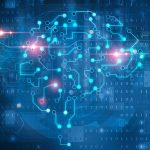
Machine enhanced humans — or cyborgs as they are known in science fiction — could be one step closer to becoming a reality, thanks to new research Lieber Group at Harvard University, as well as scientists from University of Surrey and Yonsei University.
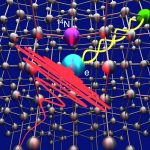
A team of physicists at the Yokohama National University, Japan, has successfully demonstrated quantum teleportation — the remote exchange of quantum states — in a diamond.

UNC School of Medicine scientists created a powerful new “directed evolution” technique for the rapid development of scientific tools and new treatments for many diseases.
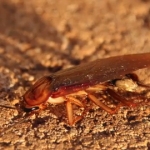
As if cockroaches weren’t already hard enough to get rid of, a new study from Purdue University suggests the German cockroach – the most common in the world – is quickly evolving to resist insecticides.



